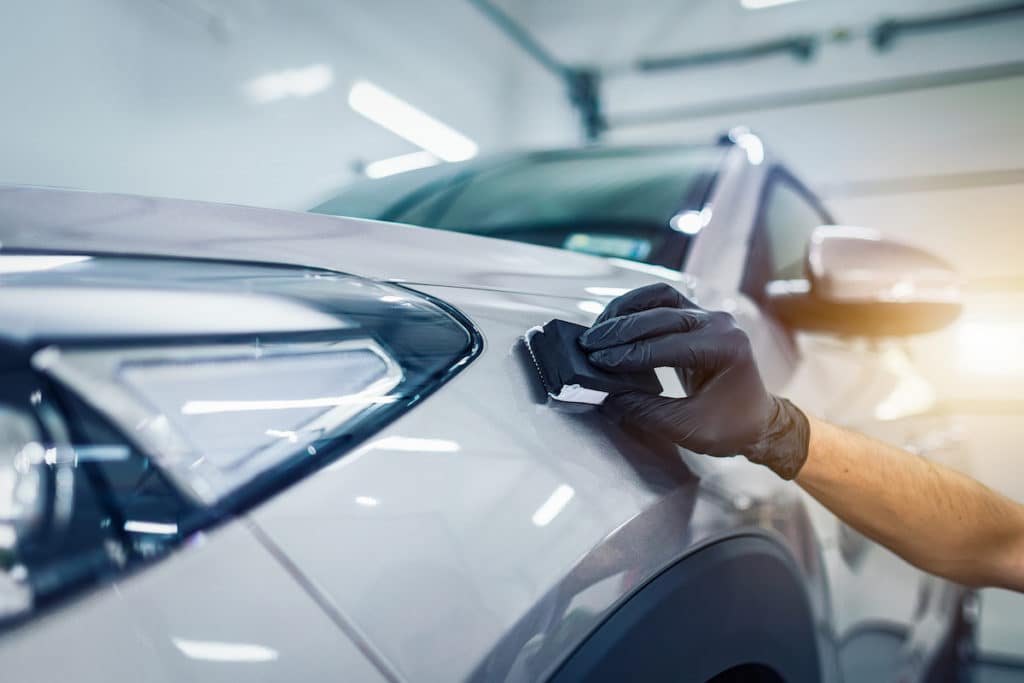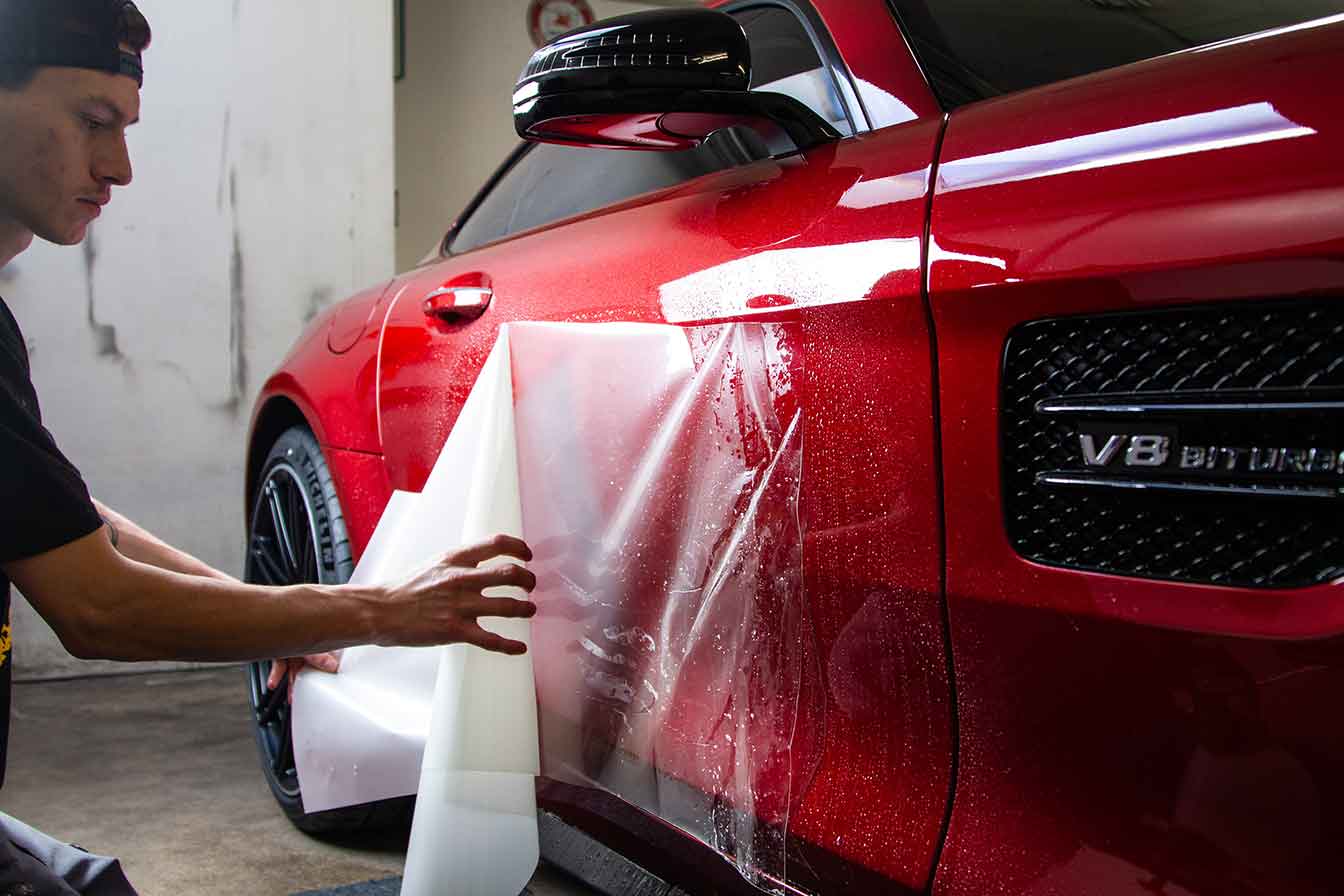A Comprehensive Overview to the Kinds of Ceramic Finish on the Market
Ceramic finishings have become a pivotal solution throughout different markets due to their distinct residential or commercial properties and applications. From silica-based formulations understood for their toughness to hybrid choices that merge several benefits, the options available can be frustrating. Recognizing the nuances of each type, including their certain advantages and perfect use situations, is necessary for making informed decisions. As we discover the unique attributes and applications of these finishings, the implications for efficiency and long life become significantly noticeable, questioning concerning which type might best match your demands.
Understanding Ceramic Coatings
Ceramic finishes are advanced safety solutions that have acquired appeal in different markets, especially in auto and aerospace applications. These finishes contain a liquid polymer that, when cured, forms a long lasting, hydrophobic layer externally of the substratum. This layer supplies enhanced resistance to environmental pollutants, UV radiation, and chemical direct exposure, therefore extending the life and aesthetic charm of the underlying product.
The fundamental component of ceramic coverings is silica, which adds to their hardness and longevity. The application process usually involves surface preparation, application of the layer, and curing, which can be achieved via warm or UV light. When healed, ceramic coverings show remarkable bonding homes, permitting them to stick highly to a selection of surface areas, including metals, plastics, and glass.
In addition to their protective features, ceramic coatings additionally supply ease of maintenance. Their hydrophobic nature decreases the adherence of dust and gunk, making cleansing less complex and much less constant. Overall, the fostering of ceramic coatings stands for a considerable innovation in surface area defense innovation, providing both functional and visual advantages across several industries.
Kinds Of Ceramic Coatings
Numerous kinds of ceramic layers are readily available, each designed to satisfy details efficiency needs and applications - Paint Protection Film. The most common types include:
Silica-based Coatings: These coatings primarily include silicon dioxide and are known for their resilience and chemical resistance. They are commonly used in vehicle and industrial applications.
Titanium Dioxide Coatings: Distinguished for their photocatalytic properties, titanium dioxide coatings are often applied in atmospheres where self-cleaning and antifungal buildings are preferable, such as in building materials and vehicle surfaces.
Zirconia Coatings: Characterized by their high-temperature security and thermal resistance, zirconia finishings are made use of in applications such as generator engines and high-performance auto components.
Alumina Coatings: Exhibiting outstanding solidity and thermal stability, alumina coatings are often made use of in wear-resistant applications, including reducing tools and industrial machinery. - Auto Detailing
Hybrid Coatings: Incorporating the residential or commercial properties of numerous materials, crossbreed coatings use boosted performance features, making them ideal for one-of-a-kind and requiring applications.
Each kind of ceramic coating serves distinct functions, permitting individuals to pick one of the most appropriate remedy based on certain ecological problems and efficiency needs.
Advantages of Ceramic Coatings
Coatings play a vital Related Site duty in improving the efficiency and longevity of surface areas throughout various sectors. Ceramic coverings, in specific, deal various advantages that make them significantly popular among suppliers and customers alike. One of the main benefits is their remarkable toughness. These finishes are resistant to scratches, chemicals, and UV rays, guaranteeing that the underlying surface stays safeguarded in time.
In enhancement to durability, ceramic finishings supply outstanding hydrophobic buildings, permitting simple cleansing and maintenance. This water-repellent nature reduces the adherence of dirt, grime, and various other impurities, which can lengthen the aesthetic charm and functionality of the surface area. you can try this out Ceramic coatings can considerably boost thermal resistance, making them ideal for applications that sustain high temperature levels.

Application Process
When applying ceramic coatings, a precise approach is vital to attain ideal results. The application process typically begins with complete surface area prep work. This involves washing, decontaminating, and polishing the surface area to get rid of all pollutants, including dirt, oil, and prior waxes or sealants. A clean surface guarantees correct bond of the finishing.
As soon as the surface is prepped, the following step is to apply the ceramic finishing. This can be done utilizing an applicator pad or a microfiber towel, ensuring also protection. It is critical to function in tiny areas to keep control and avoid early healing. The layer ought to be applied in slim layers, as thicker applications can cause uneven surfaces.
After application, the finishing needs a details healing time, commonly ranging from a couple of hours to a full day, depending on the item. Throughout this moment, it is essential to stay clear of exposure to moisture or contaminants. Lastly, a gentle buffing may be necessary after curing to improve the gloss and get rid of any type of high spots. Following these actions vigilantly will make the most of the efficiency and durability of the ceramic layer, providing a sturdy safety layer for the surface area.
Maintenance and Long Life
To ensure the longevity and performance of a ceramic layer, routine upkeep is crucial. Ceramic coatings, recognized for their sturdiness and protective qualities, need particular care regimens to maximize their lifespan and efficiency. The initial step in maintenance involves regular washing with pH-neutral soap, avoiding harsh chemicals that can weaken the coating. It is advisable to clean the lorry regularly, preferably every 2 weeks, to stop the build-up of impurities that might compromise the finish's stability.
In enhancement to normal washing, regular examinations are description vital. Search for signs of wear or damages, such as hydrophobic buildings lessening or surface blemishes. If needed, a light polish may be related to renew the finish without removing it away.
In addition, the application of a booster spray can enhance the finishing's hydrophobic effects and recover its gloss. This is specifically advantageous for coatings that have remained in usage for an extended duration. Ultimately, by adhering to these upkeep practices, one can significantly prolong the life of a ceramic finish, making sure that it proceeds to supply optimum defense versus ecological factors and maintain the visual allure of the vehicle.
Final thought
